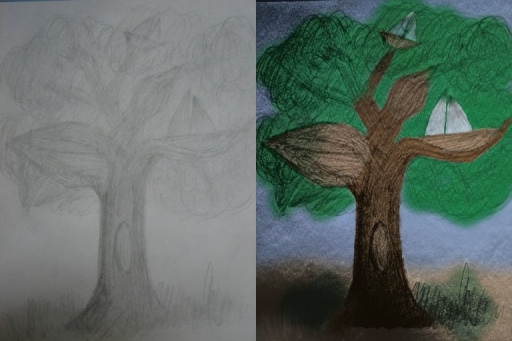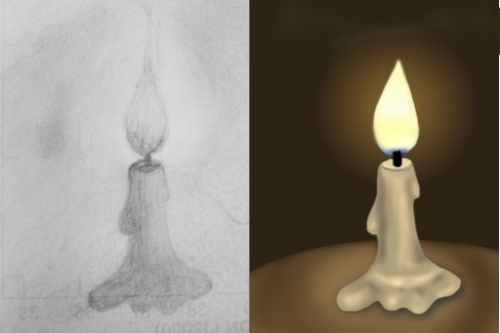Well, I’m done with the official presentation today, so that leaves me a bit more free for some time. Considering that I’ll be offline for a week or so … once I go home, I think I should probably try to spike my blogging density for some time.
Now, last time we’d just set up the SUSY algebra for (0+1)-D systems, basically Quantum mechanics, that is actually enough for the proof of the Atiyah-Singer index theorem(The links at the end of the wikipedia are worth checking out and range from popular level to maths that is beyond me at present). So, for now, let us take a slight detour, and look at differential forms. This may be redundant but, let’s just review differential forms (horribly quickly, in a way that might appear, (because it is) pretty sloppy to a mathematician, but it’ll do for our purposes here)
So, given a manifold, M, let’s look at it’s tangent space. Basically, we can have vectors & tensors in the tangent space. Now consider all the antisymmetric tensors in the tangent space. Now, (loosely speaking) the p dimensional antisymmetric tensors is what we call p-forms. The p-forms form an abelian group under ordinary addition. Now let us define an operator, d as:
(dA)ijk… = D[i Ajkl…]
Where, basically we get a p+1-form from a p-form, by differentiating it (thus adding an extra index) and then antisymmetrising, so that the result is also a form (antisymetric tensor). This structure is what is called a cochain complex. Now, we can also define a d* operator which takes a p-form to a (p-1)–form, by contracting with an additional index.
Ok, that’s enough of an interlude into this, and it’s getting to technical for a lazy guy like me to care to typeset in the horribleness, that is HTML (for mathematical typesetting that is …). So, you might say, all this is very interesting, but why should I be interested in forms? Well, there’s tonnes of uses of this language in Physics … For one, you can join the cool kids, and say:
F = dA, dF = 0, d*F = J
instead, of the boring old Maxwell’s equations … but well … it’s just pretty neat stuff, by itself … but we’ll see soon how all this can be useful, in Physics. We’ll consider a Supersymmetric system which has as its Hilbert space, the space of all forms. As I said on the top, I’ll be offline for a week at home, so I will continue posting, only after that, if you’re impatient then you can have a look at the report I wrote up about my summer work.
Ciao,



